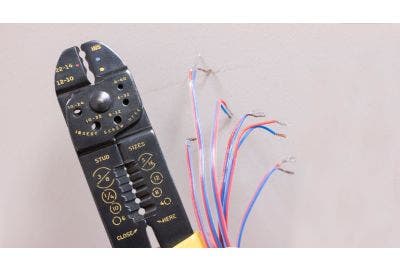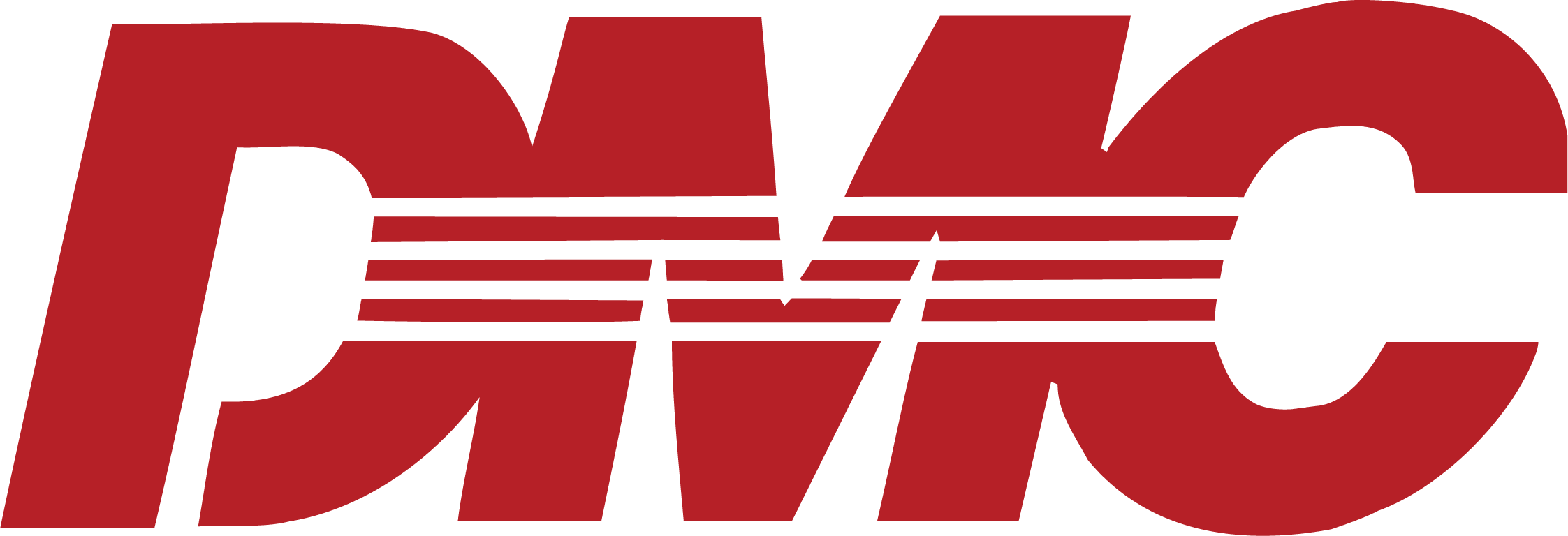Go and no go gauges are pivotal in assessing workpieces against set tolerances, serving as essential instruments in a go/no go test to ascertain if a part aligns with acceptable tolerance limits.
These gauges play a crucial role in ensuring that manufactured components adhere to precise dimensions and specifications, making go/no go testing a cornerstone in sectors where accuracy and precision are non-negotiable, such as in manufacturing and engineering.
Grasping the nuances between a go gauge and a no go gauge is fundamental for upholding quality control within production processes, making it a critical area of understanding for product designers, machine operators, and quality controllers.
This article brings together exactly what you should know about what is a go / no go gauge, and their importance in precision engineering and quality assurance.
What is a Go Gauge?
A go gauge represents a precision instrument employed to ascertain whether a workpiece's dimensions reside within acceptable boundaries.
It is meticulously designed with features that should seamlessly fit the permissible tolerances of the part under scrutiny.
The appropriate fitting of a go gauge signifies that the part satisfies the requisite specifications, deeming it suitable for application.
Commonly utilised at the outset of the inspection sequence, go gauges serve to swiftly single out parts that conform to standards, guaranteeing their precise sizing and functionality for the intended utility, almost anyone in the industry should look to purchase go gauges.
What is a No Go Gauge
A no go gauge, akin to a go gauge, serves as a precision instrument in evaluating workpieces against tolerances.
However, in contrast to the go gauge, the no go gauge is crafted with dimensions surpassing the upper boundary of acceptable tolerances.
Should the part being evaluated accommodate the no go gauge, it signifies that its dimensions exceed acceptable limits, leading to rejection.
No go gauges serve the vital role of flagging parts that fail to meet specified requirements, triggering necessary corrective measures to avert the entry of defective components into production or assembly workflows.
Tolerance Levels
Tolerance levels establish the permissible variation range for specific dimensions or features on a workpiece.
Go gauges are crafted to fit snugly within this specified tolerance range, affirming that the part aligns with requirements.
Conversely, no go gauges are fashioned with dimensions surpassing the upper tolerance limit, thereby flagging oversized parts for rejection.
Determined by the design and intended function of the part, tolerance levels dictate precise adherence crucial for upholding product quality and performance standards in manufacturing processes.
Design and Markings
Go and no go gauges are available in a range of designs to suit the specific needs of the part under evaluation.
These designs can vary from simple geometries like cylinders or rectangles to more intricate shapes customised for specific applications.
Each gauge is usually labelled with its designation (go or no go) and pertinent dimensional details, including tolerance limits and part numbers, facilitating traceability.
Clear and legible markings enable operators to swiftly discern between go and no go gauges, streamlining the inspection process and ensuring accuracy.
Uses
Go and no go gauges play pivotal roles across diverse industries, serving as indispensable tools for ensuring quality assurance and control.
Widely utilised in manufacturing, machining, and assembly processes, they verify part dimensions with precision.
Go/no go testing guarantees that components align with dimensional prerequisites before integration into final products.
These gauges are indispensable for upholding consistency, reliability, and safety in manufacturing operations, contributing significantly to error reduction, waste minimisation, and the maintenance of product quality throughout the production cycle.
Industry Standards
Go and no go gauges adhere to stringent industry standards and specifications to guarantee accuracy and reliability in their usage.
Esteemed standards bodies like ANSI, ISO and ASME delineate guidelines for the design, production, and application of these gauges.
Compliance with such standards is imperative to uphold uniformity and compatibility across various manufacturing operations.
Manufacturers and suppliers frequently certify their gauges to validate conformity with pertinent standards, ensuring the integrity and dependability of go and no go gauges in quality assurance endeavours.
Product Quality
Utilising go and no go gauges is paramount for upholding product quality and uniformity.
These tools verify part dimensions against defined tolerances, enabling early detection of non-conforming parts in production.
Rejecting out-of-spec components averts defects from spreading downstream in manufacturing or assembly workflows.
Consistent go/no go testing preserves elevated levels of product quality and customer contentment.
Consequently, investing in quality inspection instruments such as go and no go gauges is imperative for attaining and sustaining desired standards of product excellence.
Costs
The pricing of go and no go gauges fluctuates based on several factors, encompassing size, intricacy, and precision.
Simpler gauges with uncomplicated designs and lesser precision levels generally come at a lower cost. Conversely, specialised gauges customised for particular applications or industries may entail higher prices due to heightened complexity and precision demands.
Material quality, manufacturing techniques, and brand reputation further impact gauge costs.
While initial expenses are a factor, investing in premium gauges can yield enduring advantages in terms of enhanced product quality and diminished rework expenditures.





















